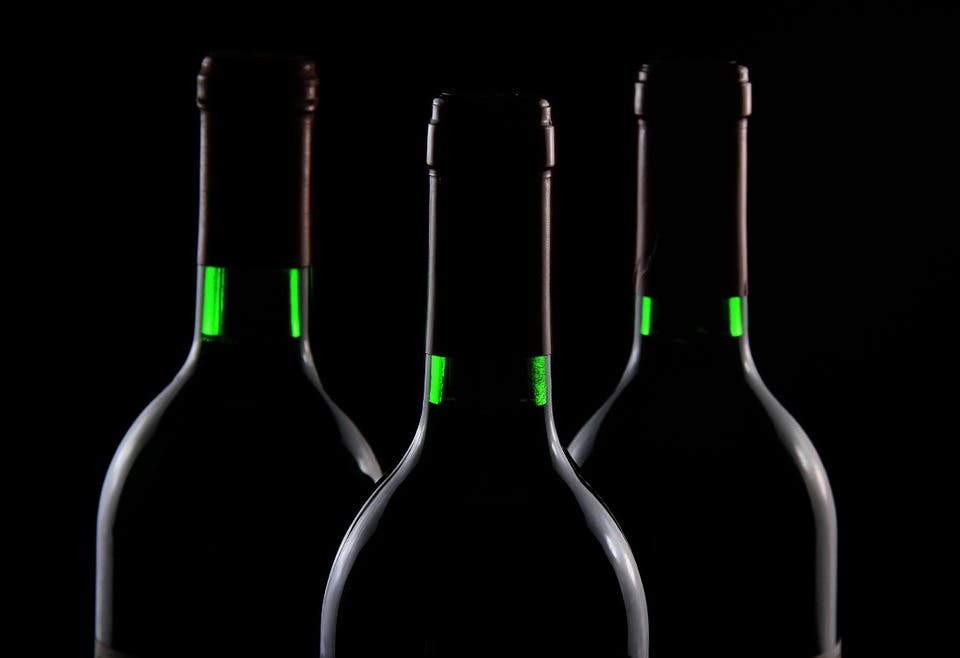Almost 4 tons of scientific experiments and precious cargo headed for the International Space Station were launched aboard a Northrop Grumman rocket recently from a NASA launchpad in Virginia. Among them, astronauts unloaded a zero-gravity baking oven but also 12 bottles of Bordeaux wine. Unfortunately, the astronauts won’t be enjoying the fine French wine for their Christmas dinner. Instead, the bottles are part of a science experiment meant to assess how radiation and microgravity affect aging.

The experiment is part of a broader project involving several universities and a startup called Space Cargo Unlimited. The wine will be stored in a controlled environment, known as the Complex Microbiological System (CommuBioS), aboard the space station.
The 12 bottles will be stored at exactly 18 degrees Celsius for one year before being returned to earth where their quality will be compared to a control sample that was kept at the same temperature (widely considered the optimal temperature for aging wine).
Wine is a chemically complex liquid, which contains polyphenols, crystals, and tannins. And since microgravity is known to affect sedimentation and bubble dispersion, scientists expect that the wine stored on the ISS will experience an increase in reaction surface. This might lead to the formation of secondary metabolites that will influence the colloids and polyphenols found in wine. Ultimately, these physical and chemical changes should dramatically alter the taste of the wine.

The insights gained from this study might have important applications in food science. It could, for instance, improve the long-term storage of food and drink (both on earth and in space) or offer insights into how agriculture might adapt to climate change. For example, previous studies suggest that resveratrol, a component of wine, may limit the effects of space radiation.
It’s not the first time that wine has been sent to space. Château Lynch-Bages saw its 1975 vintage launched into space aboard NASA’s Discovery shuttle in 1985, returning to earth in 2015.


